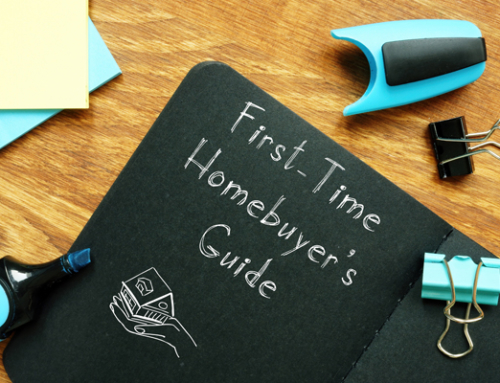When applying for a mortgage it is important to understand the different types of mortgages available to you. The different types of mortgages should not be confused with different repayment strategies but I will explain those a little later on. Firstly, let us have a look at the different types of mortgages available and what these mean.
Fixed deal – this is the most common type of mortgage taken out. This is where a rate is locked in for a specific amount of time commonly 2 or 5 years. In some circumstances this could be fixed for 10 years. At the end of this deal the mortgage holder will go onto the standard variable rate (SVR).
Discount rate – this rate follows the lenders standard variable rate but a discount is applied to the SVR or a fixed period of time. Like a fixed deal the applicant will go onto the SVR after the initial period has ended without the discount applied.
Tracker – this is a variable payment mortgage that follows the bank of England base rate for a specific amount of time, meaning if the bank of England base rate increases so does your mortgage repayment and vice Versa. As with all the other mortgage types when the initial period ends the mortgage holder will go onto the SVR
And lastly and probably the most important one to understand as it applies to all the different types of mortgages
Standard variable rate – This is the interest rate that an applicant will go on once their fixed deal, tracker or discount rate period has ended and is determined by the lender.
The SVR is usually considerably higher than the rate any mortgage holder will be on during their mortgage deal so it is important to act before you hit the SVR period. You do this by initiating a new deal with your current lender or remortgaging with a new lender, lending criteria applicable.
Now to discuss the repayment options available. There tends to be less options available for this section but again it is imperative that you understand what these mean and how these will impact you.
Repayment – this is where the mortgage holder makes a payment each month clearing some of the interest and some of the capital with each repayment. At the end of the mortgage term if the mortgage holder has kept up with all payments the mortgage will be cleared.
Interest only – this is where the mortgage holder makes a payment each month purely for the interest owed on the amount borrowed. Using a repayment strategy, usually savings or other assets the mortgage holder will then pay off the amount borrowed for the property at the end of the mortgage term.
It is always best to speak to a broker about the best option available for you as they will look at the different mortgage types as well as the repayment options available.
So, get in contact today if you would like to discuss any of the options above.
Your home may be repossessed if you do not keep up repayments on your mortgage.



